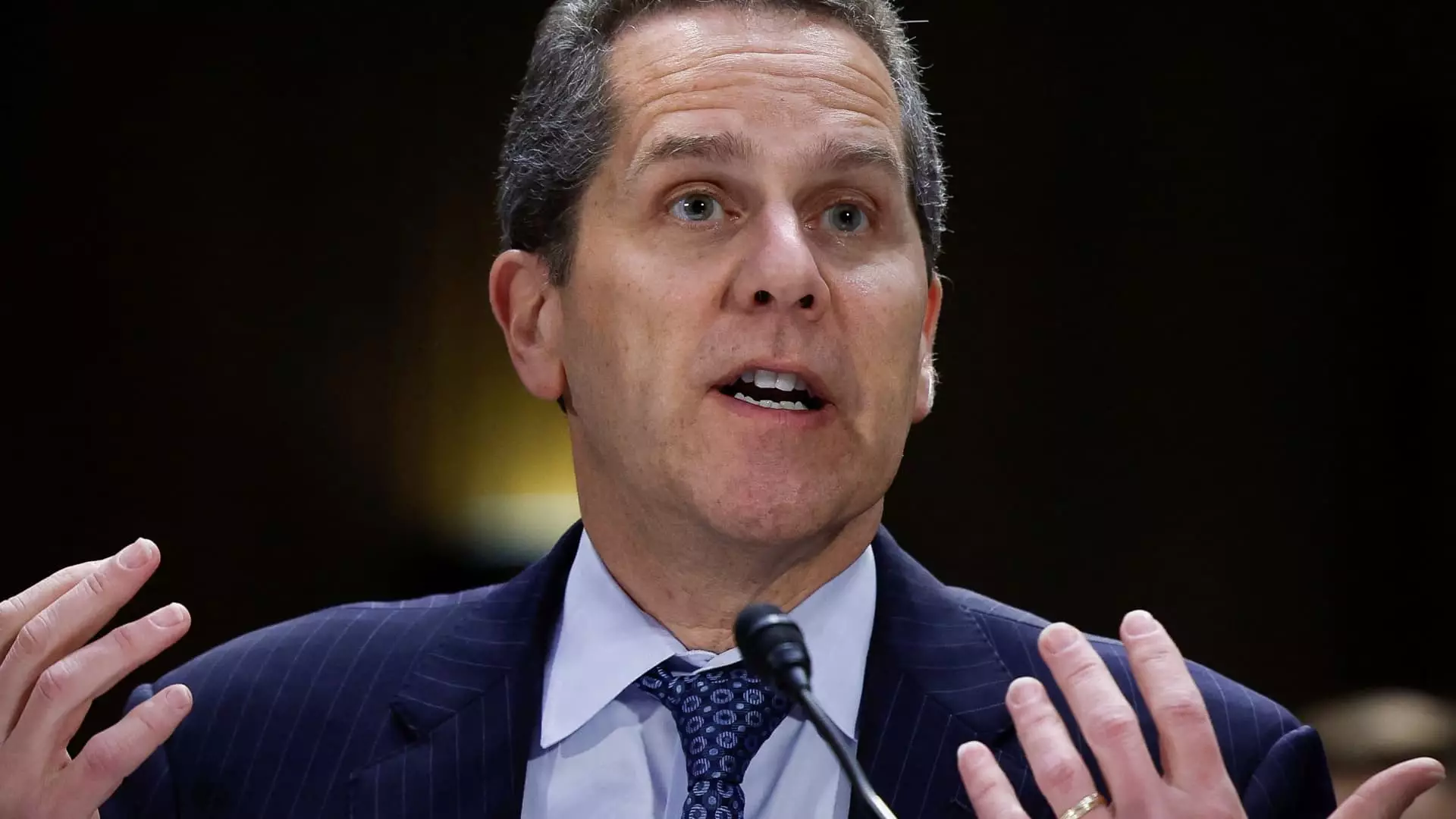Recently, a top Federal Reserve official announced significant changes to a proposed set of U.S. banking regulations that would affect the amount of extra capital that large institutions are required to hold. The original proposal, known as the Basel Endgame, was introduced in July 2023 and aimed to increase capital requirements for the world’s largest banks by approximately 19%. However, following feedback from banks, business groups, lawmakers, and other stakeholders, the Federal Reserve, the Office of the Comptroller of the Currency, and the Federal Deposit Insurance Corp. have decided to revise the proposal, reducing the additional capital requirement to a more modest 9%.
In his prepared remarks at the Brookings Institution, Fed Vice Chair for Supervision Michael Barr explained that the decision to lower the capital increase was driven by a consideration of the benefits and costs associated with raising capital requirements. While the original proposal sought to enhance safety and oversight of risky banking activities in the aftermath of the 2008 financial crisis, it also had the potential to impact the availability and cost of loans, potentially pushing certain activities towards non-bank providers. The revised proposal aims to strike a better balance between these objectives by implementing a more moderate increase in capital requirements.
The initial proposal received significant pushback from industry executives, including JPMorgan Chase CEO Jamie Dimon, who raised concerns about the potential consequences of higher capital requirements on lending and overall business operations. The latest changes to the proposal suggest that these concerns were taken into account, resulting in a more favorable outcome for large banks. However, regional banks with assets between $100 billion and $250 billion are not completely exempt from the updates. While they are excluded from the main capital requirement increase, they will be required to incorporate unrealized gains and losses on securities into their regulatory capital, leading to a projected 3% to 4% increase in capital requirements over time. This adjustment appears to address the issues faced by midsize banks during last year’s failures due to deposit runs linked to unrealized losses on bonds and loans amid rising interest rates.
The Federal Reserve’s revised banking regulations reflect a delicate balancing act between bolstering financial stability and ensuring the continued availability of credit. By responding to industry feedback and considering the potential repercussions of the original proposal, regulators have taken a more measured approach towards strengthening the resilience of the banking sector while minimizing unintended consequences.

